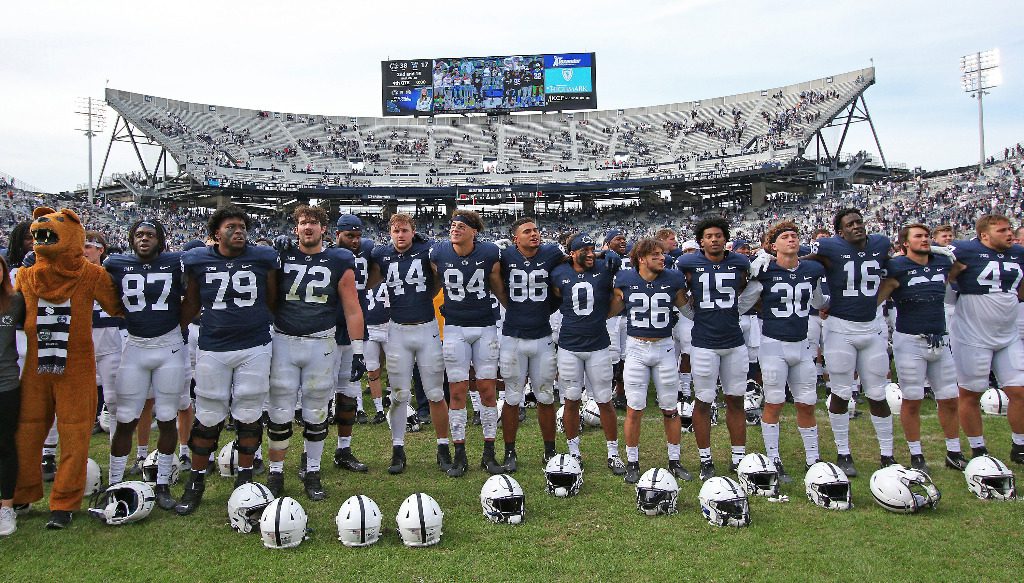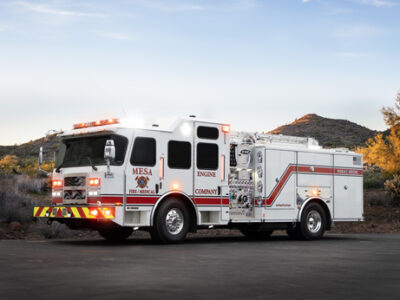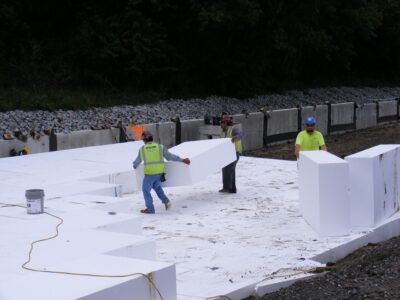Penn State’s Beaver Stadium stands as the second largest stadium in America — and fourth-largest in the world — with a capacity of over 106,000 people. This means some things hold true. There are a lot of fans — the stadium perennially ranks as one of the noisiest in college football. The other is garbage, and game days at Beaver Stadium have produced up to 100 tons of waste. Happily for those in Happy Valley (as the Penn State area is called), Beaver Stadium has had a robust recycling program since 1995.
The stadium’s recycling program annually diverted almost 30 tons of waste from local landfills during its early years. The University donated proceeds from the sale of these recyclables to the local United Way. Serving as a strong community role model is a major motivation behind this donation effort. “Sustainability is a great way to lead our community and we all have a role to play,” according to former Penn State head coach Bill O’Brien.

In the late 2000s, Penn State upped its recycling game at Beaver Stadium – inside and out. Al Matyasovsky, supervisor of the University’s Central Support Services office that oversees the stadium’s recycling operations, described the program as being “evolutionary and revolutionary.” The improvement was immediate. In 2008, Penn State collected 112 tons of waste, more than triple its old recycling mark.
Recyclables primarily come from the outdoor tailgating areas, where fans are asked to separate their recyclables (such as plastic bottles, aluminum cans and glass) from their trash. Nearly 300 96-gallon recycling carts are located throughout the parking lots, as well as 42 eight-yard dumpsters for collecting trash. These blue carts alone get filled with 1-1.5 tons of recyclables at every game. The carts and dumpsters remain in the same location throughout the football season, so fans know where to find them.
Approximately 3,000 blue recycling bags and trash bags are available at the dumpsters, along with 30 a-frames dispensing bags around the stadium’s grounds where dumpsters aren’t located. The bags themselves are recyclable, adding another layer of sustainability to the Stadium’s operations. The improved recycling system has resulted in a 90% capture rate, basically doubling the number of recyclables collected at Beaver Stadium.
A switch from black trash bags to clear ones has made it easier to separate non-recyclables from recyclables. This is significant because the local solid waste authority requires the university’s recycling contamination rate to be kept at 3% or less, and Penn State has been able to consistently maintain its rate because of the simple switch to clear trash bags.
To expand the recycling effort further, student volunteers from the University’s EcoReps program hand out blue bags around the tailgating area. These “Tailgate Ambassadors” also help to promote environmentally responsible behavior among fans, which serves to get the public more involved in University’s sustainability efforts. “It’s nice to be able to explain [the waste station system] to them and show them how we can live sustainably,” commented Penn State Tailgate Ambassador Julian Groenendaal. “I think a lot of the guests who learn that take that with them, and try to keep that in their own life.”
The prime recyclable items inside Beaver Stadium are cardboard, program booklets, food waste, glass, and beverage containers, including aluminum cans and plastic bottles. Even leftover program booklets and cardboard packaging are collected from concessionaires and processed at a recycling facility. Also, the large recycling bins situated in the stadium’s concourse area have space for print advertising, which serves to defray the bins’ upfront and ongoing costs.

In 2013, Penn State professor Judd Michael developed a waste-reduction plan with the Green Sports Alliance and NatureWorks to turn the Governmental Affairs and President’s suites section at Beaver Stadium into a zero-waste showcase. One example of this program was the introduction of eco-friendly cups, plates, straws, and utensils in the suites. The diversion of landfill waste increased from 95% to 100% during Penn State’s 2013 season (a percentage that was maintained throughout 2014). It has been estimated that more than 50 tons of waste could be diverted per game if the whole stadium followed the “zero waste” agenda.
Prof. Michael also helped keep things sustainable when ESPN brought its popular GameDay pregame show to Beaver Stadium in 2019. Student volunteers assisted in making sure that recyclable items left by the show’s staff and by fans gathered around the show’s stage (which was recycled as well) were collected. Similarly, a truckload of unused food and drink leftover by the ESPN crew was delivered to local shelters.In 2013, Penn State Athletics launched a Green Team staff committee, which has helped broaden sustainability initiatives at other Penn State sports facilities, from the baseball stadium utilizing Beaver Stadium’s recycling bins during football’s off-season to a switch to energy-efficient lighting at various athletic buildings (like the hockey rink, which reduced its electricity used by around 400,000 kWhs per year). “Come to the Game, Honor the Name” is the recycling motto at Beaver Stadium, but its connection of the value of recycling and sustainability with Penn State’s values has been incorporated throughout the University’s athletic program.





